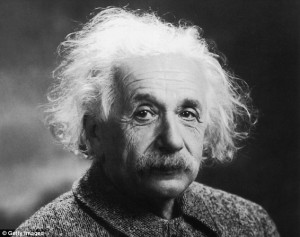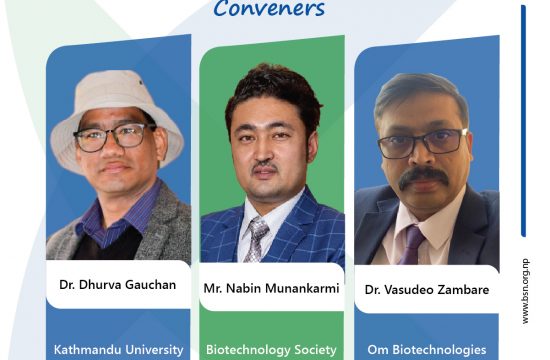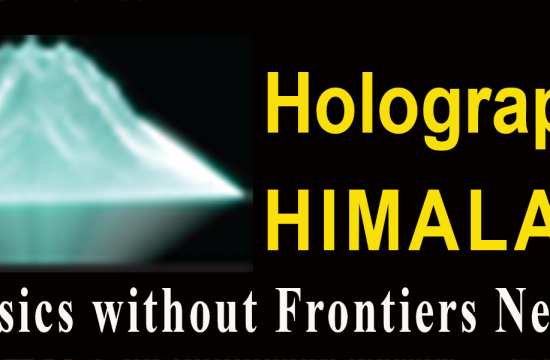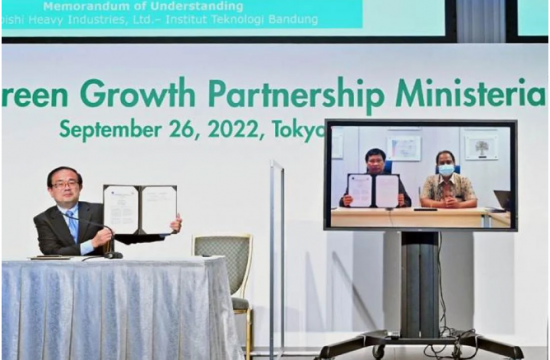 HOUSTON – Two Rice University physicists are available to discuss the highly anticipated announcement that may confirm the discovery of gravitational waves by two detectors in the United States.
HOUSTON – Two Rice University physicists are available to discuss the highly anticipated announcement that may confirm the discovery of gravitational waves by two detectors in the United States.
Matthew Baring, a professor of physics and astronomy, studies pulsars, neutron stars, black holes and other compact objects and the radiation they emit, including gravitational waves.
Mustafa Amin, an assistant professor of physics and astronomy, is a cosmologist who studies the universe from the earliest times to its contemporary state; gravitational physics plays a dominant role in his work.
The announcement is expected at a press conference hosted by the National Science Foundation (NSF) at the National Press Club in Washington, D.C., at 9:30 a.m. Central time Thursday.
“At the moment, it’s only a rumor that we might have heard the gravitational whispers from two black holes merging together, each one being many times the mass of the sun,” Amin said. “I’m really excited because this could be the first time we see what’s really going on when two black holes get close together.
“If this turns out to be true, we will have opened a completely new window into looking at the cosmos,” he said.
[pullquote]The collision of two black holes would send a “clean” gravitational wave that would be detectable by the LIGO installations, Baring said.[/pullquote]
Gravitational waves are ripples in the fabric of space-time predicted by Albert Einstein’s theory of relativity. They represent the final component of the theory yet to be confirmed by experiments. This year is the 100th anniversary of Einstein’s publication predicting their existence.
NSF-funded detectors in Livingston, La., and Hanford, Wash., collectively known as the Laser Interferometer Gravitational-Wave Observatory (LIGO), are designed to detect minute gravitational waves as they reach Earth. The recently enhanced detectors finished their first experimental run Jan. 12 after 106 days of “listening” around the clock for evidence of gravitational waves.
Baring said waves are set in motion by collisions between neutron stars, black holes or combinations of the two.
“Indirectly, they’ve been proved via observation of in-spiraling neutron star binaries (orbiting each other on a collision course),the first of which led to a Nobel Prize in physics in 1993,” Baring said. “Such data led to the precise determination of the neutron star masses.
“Detecting the waves directly would seal the deal for Einstein’s theory of gravity, which has proven robust in every other way, and is needed for accuracy in technology such as GPS systems.”
The collision of two black holes would send a “clean” gravitational wave that would be detectable by the LIGO installations, Baring said. “The event horizons of black holes provide surfaces that are fixed boundaries, with no spatial distribution of matter outside, unlike the case for neutron stars. This makes the inference of black hole mergers as sources of the waves, and precise diagnostics on the masses of the two black holes, possible.”
He said the discovery would establish a “complete footing” for the classical theory of relativity. “It will ultimately propel our ability to develop a theory of quantum gravity and eventually unify all the fundamental forces of nature,” Baring said.








